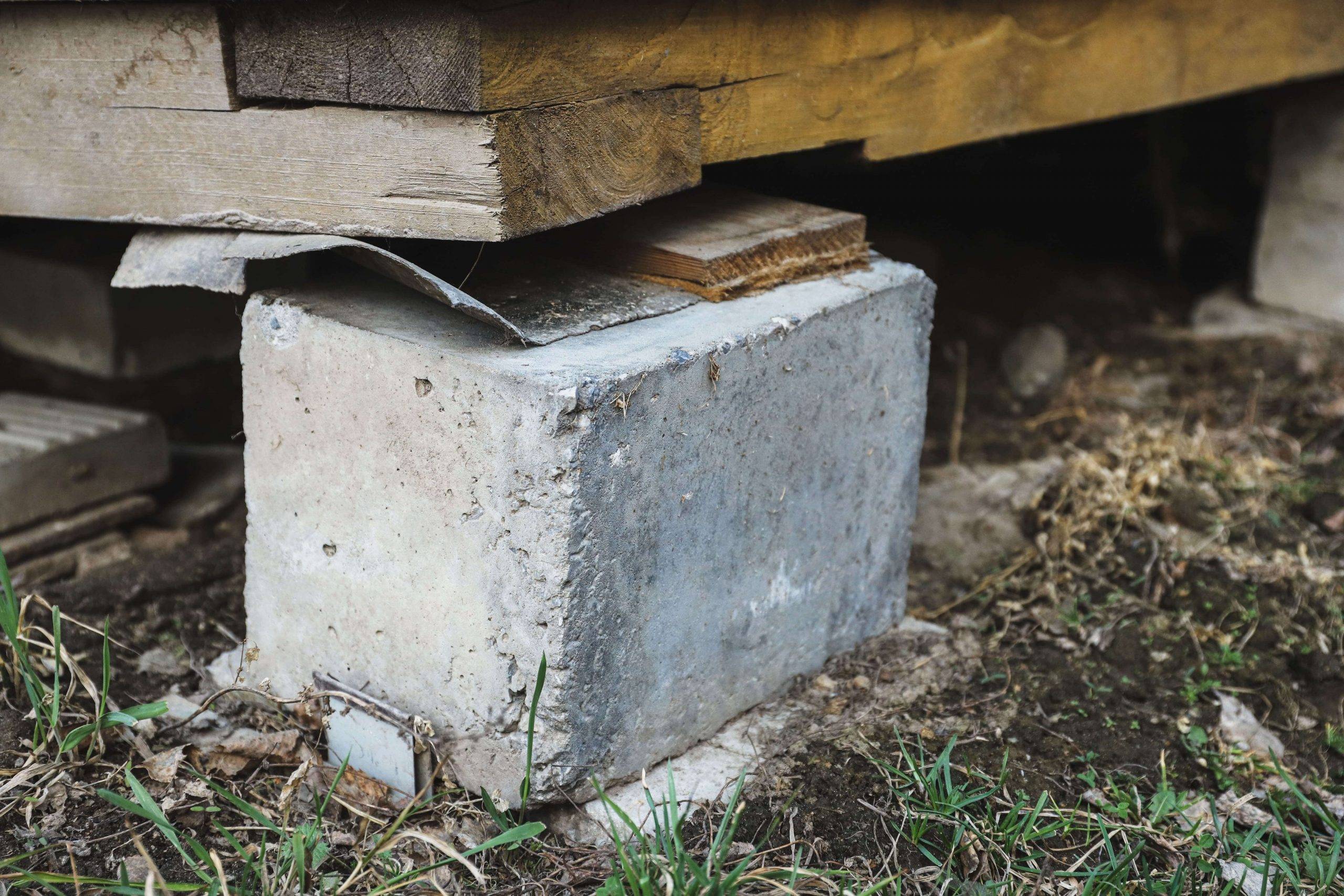
What You Should Know About Pier and Beam Foundation Repair
Pier and beam foundations were popular until the 1950s; new homes often included them until concrete slabs became more affordable. If your older house is situated in an area like Florida, which is prone to flooding, chances are high its foundation may feature this style.
Concrete foundations deteriorate over time and cause numerous issues within your home, often necessitating repair. While, in most cases, repairing these foundations is a viable solution, there may be certain exceptions. Read further to gain more knowledge about pier and beam foundations; learn about structural damages caused by them, maintenance requirements, and ways to extend their lifespan.
What Are Pier and Beam Foundations?
Pier and beam foundations also referred to as post and beam or crawlspace foundations, are commonly utilized in residential construction. These foundations can often be found in regions with expansive soils or high water tables.
The foundation consists of a network of evenly spaced concrete piers encasing and supporting a building evenly distributed around its perimeter and underneath. These piers support horizontal networks of beams running the length of the building. Beams support the structure, typically made of steel or wood and resting on concrete pads.
A crawl space between a structure and the ground provides easy access to HVAC, electrical wiring, plumbing, and ventilation, both essential elements in controlling moisture levels and preventing mildew and mold growth.
Pier and beam foundations offer many advantages over alternative foundation types, including being more flexible and less likely to incur damage in areas with shifting soils or earthquake activity. Furthermore, their crawl space design enables a quick installation process for improved insulation against cold temperatures and makes repairs or modifications easier on plumbing and electrical systems.
What are the Types of Pier and Beam Foundation?
Foundations come in various forms. Examples are:
- Concrete block piers foundation: Concrete block piers are one of the most widely-used types of piers used in residential foundation construction. Consisting of stacking concrete blocks upon each other to form a stable base for beams, these piers are an integral component.
- Helical piers foundation: Helical piers are screw piles that are drilled until they reach stable soil layers, making them suitable for unstable soil conditions or when deep foundation solutions are required. They’re often employed when soil conditions require stabilizing or when an unconventional foundation is required.
- Steel-pipe piers foundation: Steel piers consist of steel tubes driven into the soil to support beams, typically used where there is either an abundance of water table or extensive soil conditions.
- Wooden piers foundation: Wooden piers are ideal for areas with stable soil conditions, typically constructed from treated wood that resists moisture damage.
- Concrete-filled pipes piers: They are composed of hollow pipes encased with concrete for additional strength and stability, often used in commercial construction sites with heavy loads.
- Concrete spread footings: These are large concrete pads installed directly on the ground to support beams. They are most often utilized in areas with stable soil conditions and can handle light to moderate loads.
Speak to a structural engineering or foundation repair expert regarding the type of pier-and-beam foundation that would best suit your project and site.
What are Pier and Beam foundation repairs?
Pier and beam repair refers to any process used to correct problems or damages with a pier-and-beam foundation system. Pier-and-beam foundations use horizontal and vertical beams as support structures.
Pier and beam foundations may develop foundation issues over time, including sagging or settling or the deterioration of beams. This could be attributed to several factors, including soil movement or water damage.
Want more information about our services? Get in touch with us.
Step one in repairing a pier-and-beam foundation involves assessing its extent. This may involve inspecting for cracks, uneven flooring, and any structural issues within its framework, along with professional assessments to identify any repairs required afterwards. A professional foundation repair contractor will determine the most cost-effective path forward from these assessments.
Following are some of the most frequently employed techniques for repairing pier and beam foundations:
- Shimming: This involves installing shims and wedges to level and stabilize beams supporting a structure. Additional support beams or braces can be installed as required to protect from further damage.
- Underpinning: Underpinning is a method of strengthening and stabilizing foundations by installing additional pilings or piers underneath existing ones, with moisture control being key in order to avoid further damage; drainage systems or ventilation improvements may be necessary as part of this process.
- Leveling the Foundation: Mud jacking and foam injection may be used to level an uneven foundation. Qualified foundation specialists must do Pier and beam foundation repairs with experience in identifying issues and providing appropriate repairs.
What are some common footing issues associated with Piers?
Pier and beam foundations don’t always work smoothly, sometimes experiencing sagging or buckling issues that require swift attention to prevent further deterioration of the entire home. Damaged pier and beams can result in foundation cracks, sticking doors or windows, as well as wall cracking issues that result in foundational cracking and other complications.
How long is the Pier and Beam Foundation expected to last?
Under proper care and maintenance, pier-and-beam foundations can last 50-100 years. Their lifespan depends on factors like the quality of construction materials used, soil conditions, level of maintenance provided, and regular inspections to detect cracks, foundation settlement, or moisture issues that require repair.
How deep are Pier and Beam Foundations?
The depth of pier-and-beam foundations may depend on several factors, including soil conditions, climate, and building codes. Pier and beam foundations should typically be dug 18 inches to three feet below ground level in areas with high water tables or frost lines to prevent the shifting of structures. Furthermore, local building codes may dictate specific depth requirements – consult residential structural contractors near me to help you establish the ideal depth in any given location.
Which Foundation Pier Is Right for Me?
People frequently have this question about foundation repair and piling contractors. Steel foundation piers may be suitable for homes or businesses built on deep soil, while concrete pilings offer more suitable options if your soil is shallower.
Affordable Foundation Repair, the leader in foundation repair of exceptional quality, is an expert at installing foundation piers to stabilize structures built on less-than-ideal soil conditions. We carry durable products like helical piles, helical anchors, and push piers – Contact us now for more information!
Where can I find Pier and Beam Foundation Repair Near Me?
As this can be overwhelming, we understand if you feel uncertain about your next steps. If, after reading this article, you are still unclear or believe someone should come and look at your problem, we will let you know immediately if there is indeed an issue.
Affordable Foundation Repair has provided expert foundation inspection and repair services across Florida and Georgia for over 25 years. As the go-to experts on all things foundational – crawl space repair, block and base foundations, or pier and beam homes – we are the trusted voice for foundation-related matters.
Want more information about our services? Get in touch with us.
We only repair items that need fixing, providing you with the information to make informed decisions for yourself and your home.
Affordable Foundation Repair offers in-home assessments to gain more information on the results of pier and beam homes.


0 comments
Write a comment